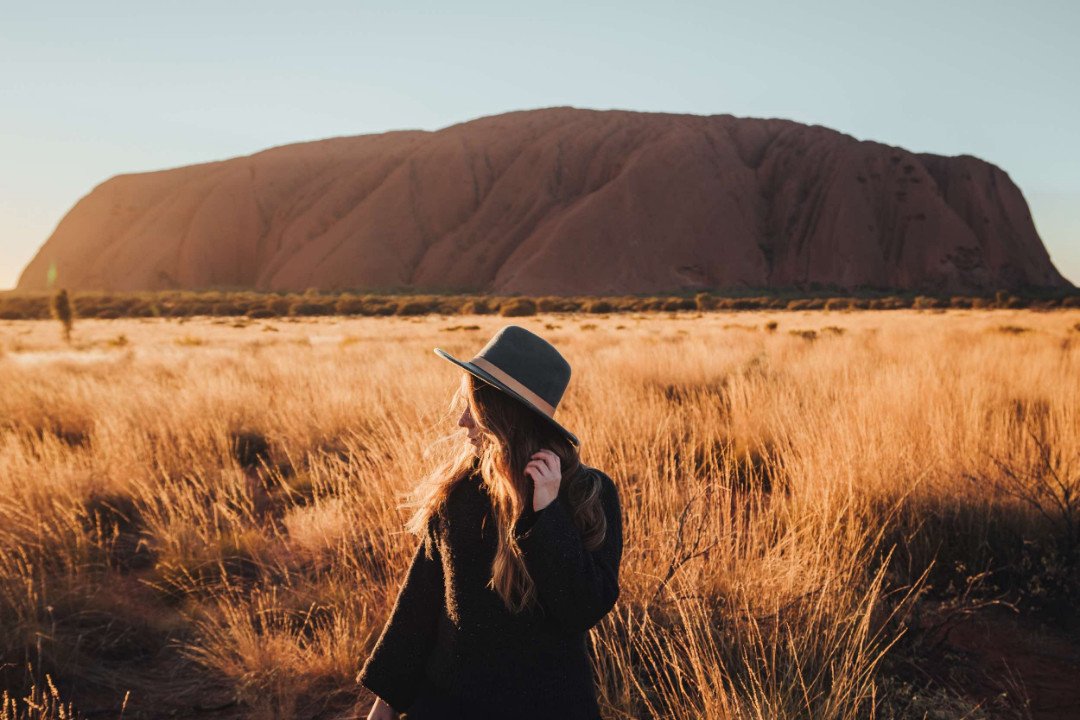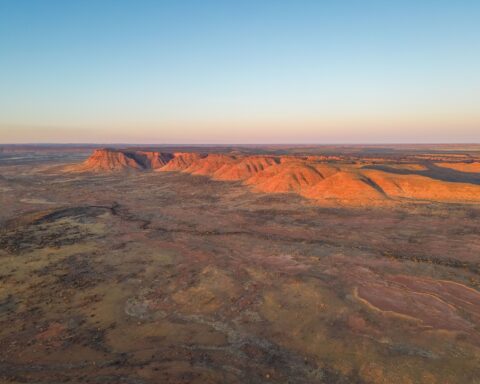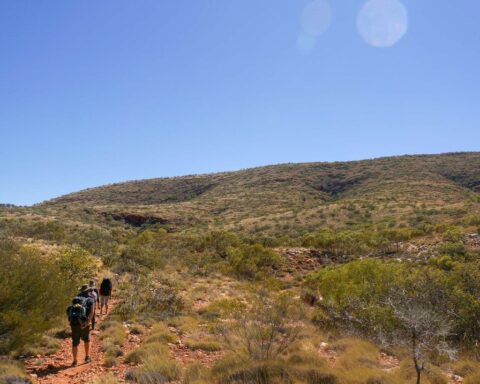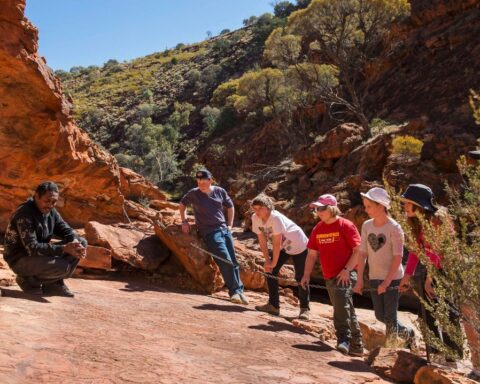For decades visitors from all around the globe have flocked to Central Australia to add a satisfactory tick to their bucket list by climbing Uluru. However, in November 2017, the decision was made to ban the climb on 26th October 2019, a date which marks the 34th anniversary of the handback of Uluru to its traditional owners.
The issue of whether or not visitors should be allowed to climb Uluru has long been a topic of debate. Many regard it as an iconic Australian experience, which brings thousands of tourists to the area. However, the traditional owners have been asking travellers not to climb the rock since the handback in 1985. In 1992, signs were put in place requesting that visitors reconsider their decision to climb.

There are several reasons not to climb Uluru, which concern the environment, safety, and culture. Thousands of footsteps over many years have caused erosion to the rock, leading to permanent damage. Furthermore, due to a lack of toilet facilities, human waste is often left behind by climbers who are caught short. The evaporated waste is then washed off during rainfall and goes on to pollute local waterholes, which native wildlife depend on for survival. Climbers are also endangering the tadpole shrimp, which live on the rock. Due to visitors unknowingly crushing their eggs as they walk, the tadpole shrimp is now close to extinction.
Aside from environmental concerns, it is unsafe to climb Uluru. Since the first records were kept in the 1950s, there have been 37 fatalities to people attempting the climb. The traditional owners feel a duty of care towards visitors to their land, and experience great sadness when deaths or illness occurs. However, the most significant reason not to climb is culture. Uluru in its entirety is sacred, and the specific place where the climb begins is a sacred men’s area.
In 2010, the Uluru-Kata Tjuta park management plan stated that three goals must be considered before a ban could be enforced. New visitor experiences must be established, fewer than 20% of visitors should be climbing Uluru, and cultural and natural experiences should be the key reason why travellers visit. With the proportion of visitors who choose to climb the rock falling dramatically and plenty of alternative experiences on offer, these goals have now been met.

Since the ban was announced, accommodation around Uluru has been filled to the brim with tourists visiting to climb whilst they still can. However, some still decide not to when they realise the significance to the traditional owners. There are plenty of other ways to experience Uluru. Visitors can rise at the crack of dawn for a breathtaking sunrise tour, or enjoy champagne and canapés as they watch the enchanting sunset, followed by a wonderful dinner under the stars. Days can be spent taking tours of the rock on foot, bicycle, segway, motorbike, or even camels, whilst local guides tell the stories of Uluru’s unique history. The possibilities offer something incredible to suit all travellers.





